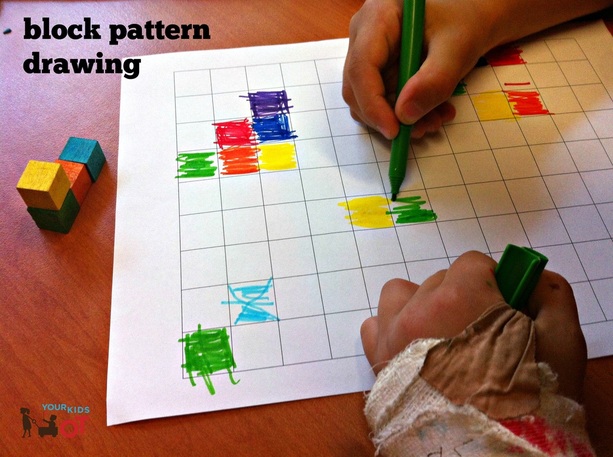SPATIAL RELATIONSHIPS
Simple Blocks

Within the Big Ideas of Early Mathematics, "In order to work in, describe, or model space, we must manage relationships between objects and places, controlling positions to account for angles and lengths. Later on in mathematics, children will learn to apply numbers to such activities, measuring distances and angles, and learning the meaning of "parallel" and "equilateral," but for now, their efforts will be focused on more general ways to represent relationships between objects and places" (Pearson 2014, 132).
For more information and examples within the activity of simple blocks, visit here.
Manipulating Shapes

Based on the website Inspired By Play, "Spatial reasoning is an indicator of future success in mathematics, can improve, and starts at a young age. There is often such a strong focus on number sense in early learning that exploring and consolidating understanding of spatial reasoning can take a back seat. Spatial thinking activities are an amazing way to afford multiple entry points for different learners as well as support STEM or STEAM learning. They also can be tied to other concepts across all strands in math" (Jennifer Yu 2017, 2).
This post can be found here for more information on Spatial Relationships.
Comments
Post a Comment